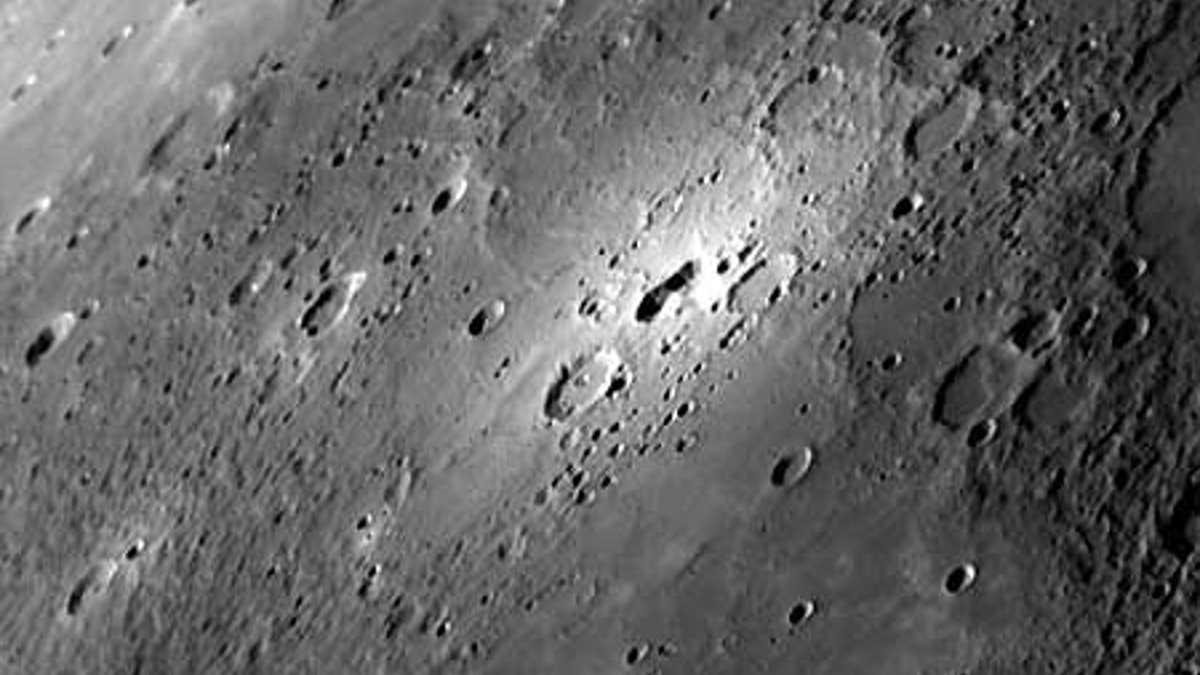
During its most recent flyby of Mercury, NASA's MESSENGER spacecraft caught another glimpse of the innermost planet's mysterious bright spot.
The MESSENGER probe skimmed just 142 miles (228 km) above Mercury at its closest approach as it whipped around the planet during the flyby, the last of three designed to guide the spacecraft into orbit around the planet in 2011.
The $446 million probe snapped several new images of Mercury during the flyby, despite a minor data hiccup that delayed the downlink of some of the images.
One of the new images shows a bright spot on the planet's surface, a feature that scientists cannot yet explain.
The new view was the third of the spot, which was first seen in telescopic images of Mercury obtained from Earth by astronomer Ronald Dantowitz. The second view was obtained by the MESSENGER Narrow Angle Camera during the spacecraft's second Mercury flyby Oct. 6, 2008. At that time, the bright feature was just on the planet's limb (edge) as seen from MESSENGER.
Surprisingly, at the center of the bright halo is an irregular depression, which may have formed through volcanic processes. The object will be further investigated when MESSENGER arrives at its final orbit around Mercury.
In the new images were also pictures of impact basins, including a double-ring impact basin, with another large impact crater on its south-southwestern side. Double-ring basins are formed when a large meteoroid strikes the surface of a rocky planet.
The floor within the inner or peak ring appears to be smoother than the floor between the peak ring and the outer rim, possibly the result of lava flows that partially flooded the basin some time after impact.
Some of these craters are relatively fresh, formed by more recent impacts. On Mercury, like the Earth's moon, even ancient impact craters can be preserved on the surface because there is no atmosphere to cause erosion and no plate tectonics to recycle the rock, as there are on Earth.
One set of impact craters even coincidentally resemble a paw print.
MESSENGER was also able to image some of the same terrain as it did in its second flyby, but this time with slightly different lightning conditions. Different angles of sunlight can better show the topography of the planet's surface.
MESSENGER made its closest approach to Mercury at about 5:55 p.m. EDT (2155 GMT) when it sped by at about 12,000 mph (19,312 kph). The probe then flew behind Mercury, passing out of communications with Earth for about an hour before restoring contact.
The spacecraft is the first probe to visit Mercury since NASA's Mariner 10 mission in the mid-1970s.
NASA launched MESSENGER - short for MErcury Surface, Space ENvironment, GEochemistry, and Ranging - in 2004. The probe swung past Earth once and Venus twice before beginning its three Mercury flybys.
